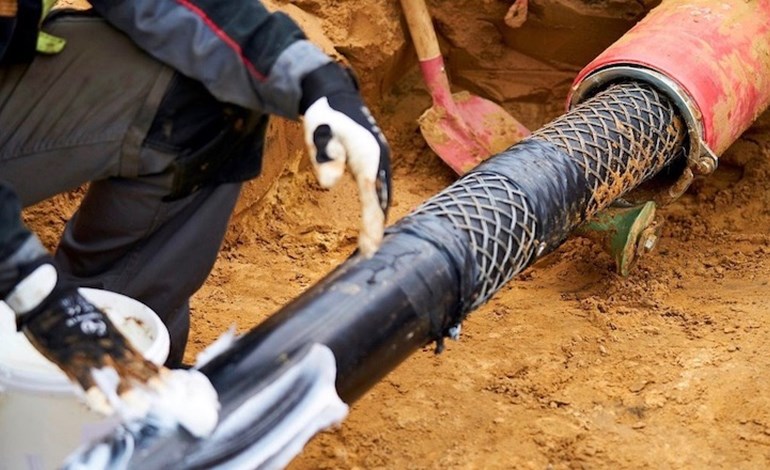Amprion has commenced construction on the German island of Norderney to support the BalWin1 and BalWin2 offshore wind grid connections, each boasting a transmission capacity of 2GW. This marks a significant step in Germany’s transition to renewable energy, as the projects aim to enhance offshore wind energy integration.
At the construction site near the Norderney lighthouse, Amprion is conducting horizontal drilling to lay power cables under the island. Since 2022, the area has been used for similar efforts related to the DolWin4 and BorWin4 grid connections. From January 6, the construction site will expand eastward, with drilling for BalWin1 and BalWin2 scheduled for the summers of 2025 and 2026.
“By setting up the construction site area early, we can keep a large part of the material transport out of the peak tourist season. In addition, this gives us more time for drilling in the tight construction window in summer,” said Stefan Sennekamp, Amprion’s project spokesman.
Drilling will take place from mid-July to late September to minimize environmental and coastal disruptions. In 2025, operations will start in the mudflats to the south, followed by northern drilling towards the beach in 2026. Unlike earlier projects transmitting 900MW, the 2GW BalWin1 and BalWin2 connections require three cables instead of two, necessitating six drilling operations each to the north and south.
Once complete, the grid connections will span 205 km (BalWin1) and 215 km (BalWin2) of underground cables on land, with parallel installations on both land and sea. The cables will pass under Norderney and extend to the Hilgenriedersiel coast before diverging to their respective connection points in Wehrendorf and Westerkappeln.
These developments underline Amprion’s commitment to enabling Germany’s ambitious offshore wind expansion goals, ensuring efficient energy transport and minimizing ecological impacts.

